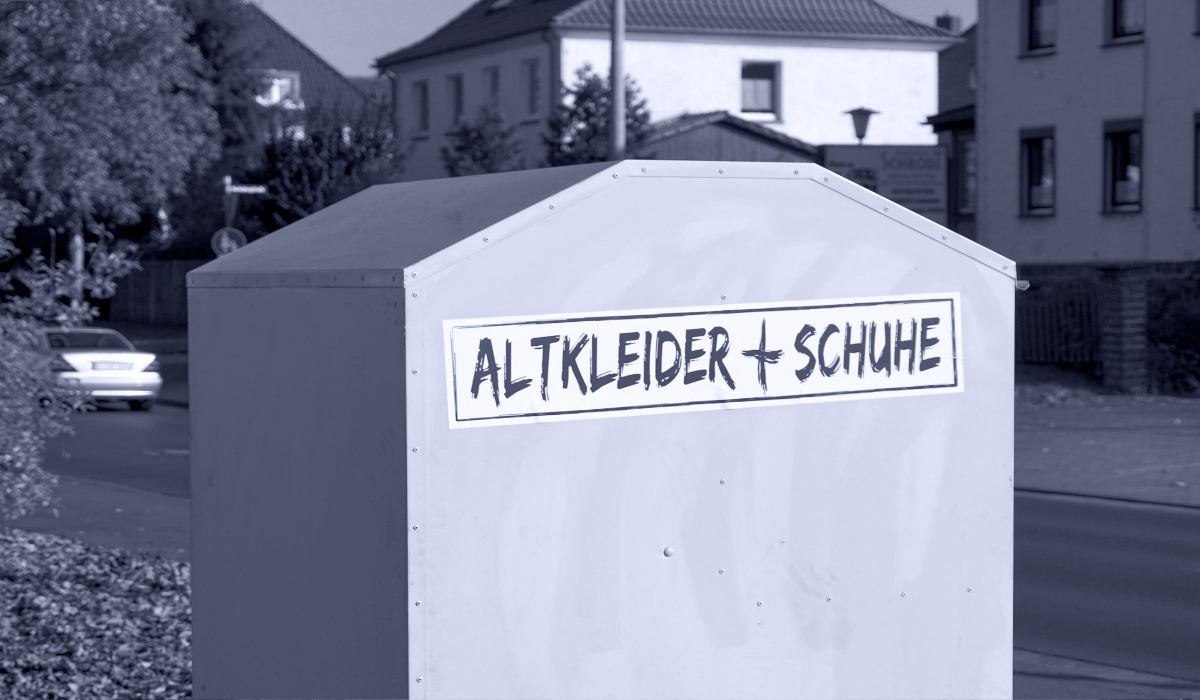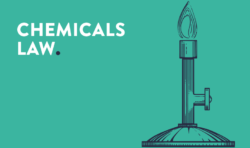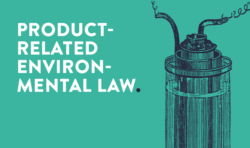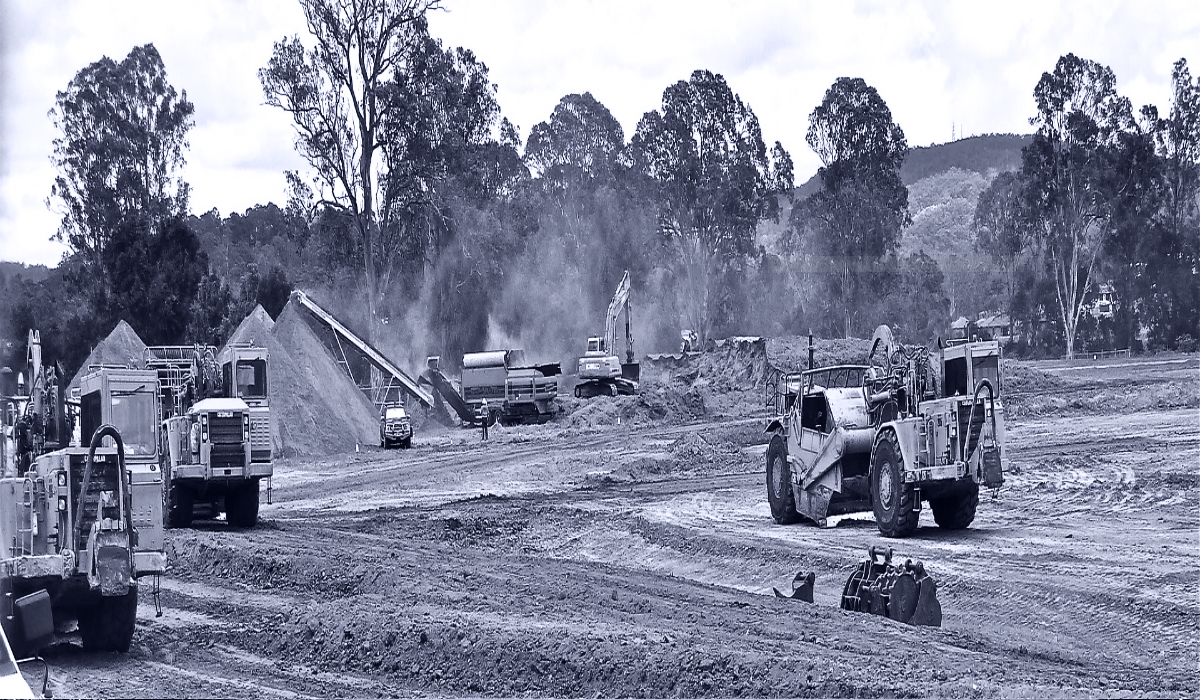Within the framework of the Green Deal and the Circular Economy Action Plan, the Commission sees a considerable need to implement circularity-related requirements in order to accelerate the transition to resource-conserving waste management in the textile industry as well. According to the basic principles of waste management, the prevention of waste is always the primary goal. However, where textile waste is generated, greater attention is to be paid in future to reusability and recycling.
A. Background
The Proposal for a Directive of the European Parliament and of the Council amending Directive 2008/98/EC on waste (COM(2023) 420 final) provides, among other aspects, for the introduction of mandatory and detailed regulations with regard to textiles and footwear, which concretize the general framework for extended producer responsibility from Art. 8 and 8a of the Waste Framework Directive for these product groups. This is intended to achieve a high level of environmental and health protection in the Union and to ensure a functioning circular economy through collection, sorting, reuse, preparation for reuse and recycling. In addition, this is intended to provide incentives to consider the principles of the circular economy as early as the production of the products, thus bringing to the market long-lasting products rather than “fast fashion”.
B. Material and personal scope of application
According to Annex IVc of the draft, the new requirements are to apply to textiles (such as clothing, blankets, curtains, bed and table linen, hats), leather goods and footwear.
In terms of the personal scope of application, the manufacturer is at the center of the regulatory efforts. According to Art. 3 No. 4b of the draft, manufacturers in this sense are to be all natural and legal persons who
- are established in a Member State and manufactures textile, textile-related and footwear products listed in Annex IVc under their own name or trademark, or have them designed or manufactured and supply them for the first time under their own name or trademark within the territory of that Member State
- are established in a Member State and resell within the territory of that Member State, under their own name or trademark, textile, textile-related and footwear products listed in Annex IVc manufactured by other producers, on which the name, brand or trademark of the manufacturer does not appear
- are established in a Member State and supply for the first time in that Member State on a professional basis, textile, textile-related and footwear products listed in Annex IVc from another Member State or from a third country or
- sell textile, textile-related and footwear products listed in Annex IVc by means of distance communication directly to end-users, including private households or other than private households, in a Member State, and are established in another Member State or in a third country.
According to the explicit wording, companies with less than ten employees and an annual turnover and balance sheet total of less than two million euros, as well as self-employed tailors are excluded. In addition, those actors are not covered who (exclusively) place used textile and footwear products or those that consist entirely or partially of waste products on the market.
C. Overview of planned obligations
Essentially, the future obligations of manufacturers in the context of their extended producer responsibility and the producer responsibility organizations that are yet to be established in the future are found in Art. 22 a to c of the draft. Art. 22 d of the draft also contains detailed requirements for the further handling of collected textile waste.
- Establishment of a register
In order to effectively monitor compliance with the requirements of extended producer responsibility, Art. 22b of the draft requires Member States to establish a register of manufacturers, as is already known in Germany, for example, for packaging (LUCID) and electrical appliances and batteries (register at the Stiftung EAR). Without a brand and product-related registration, manufacturers will no longer be allowed to place affected products on the market from the date of application.
- Obligation of manufacturers to bear the costs
According to Art. 22a para. 4 of the draft, the Member States must ensure that in future the manufacturers concerned bear the costs of the collection and subsequent waste management of the waste listed in Annex IVc of the Directive and also financially contribute to studies on the composition of unsorted municipal waste, to information campaigns, for reporting to the competent authorities and proportionately for research into new collection and recycling processes.
- Establishment of so-called producer responsibility organizations
According to Art. 22c of the draft, the Member States must also ensure that manufacturers of affected products appoint a so-called producer responsibility organization to fulfill the obligations of extended producer responsibility on their behalf. These organizations require regulatory approval to fulfill the obligations they assume on behalf of manufacturers.
As part of their activities, producer responsibility organizations will be required to base their participation fees to be paid by manufacturers on the degree of environmental sustainability and recyclability of the products involved. In addition, when calculating the participation fee, they must take appropriate account of any profits that may arise from reuse, preparation for reuse or the value of secondary raw materials from recycled used textiles.
- Establishment of separate collection systems
By 01.01.2025 at the latest, separate collection systems for textiles must be set up in all Member States in order to avoid mixing with unsorted municipal waste, as this leads (as is currently the case) to an extensive loss of reusable and recyclable materials through disposal.
In this context, it should be ensured that producer responsibility organizations may not refuse the participation of social enterprises and other operators of reuse facilities in the separate collection system.
Furthermore, social enterprises should be able to continue to maintain and operate their own separate collection facilities and they should not be disadvantaged in the choice of location of separate collection facilities. Furthermore, the social enterprises and social economy institutions that are part of the collection points are not obliged to hand over the used textiles, textile-related products and footwear collected by them to the producer responsibility organizations.
- Comprehensive information and documentation obligations
The information obligations to be fulfilled by producer responsibility organizations pursuant to Art. 22c(13) of the draft include advice to consumers on methods of waste prevention and care of the products during their period of use, on reuse and repair options for textiles and footwear, and consumer information on the separate collection of used textiles and footwear. In addition, information must also be provided on the impact of textile production, especially so-called fast-fashion practices on the environment, human health and related problematic working conditions, recycling and the effects of improper disposal of textile and footwear waste.
D. Transition periods
In order to establish the above-mentioned extended producer responsibility instruments, the Commission grants the Member States a period of up to 30 months after the entry into force of the amending Directive, according to Art. 22 a para. 8 of the draft. The Commission proposal will now be discussed by the European Parliament and the Council as part of the ordinary legislative procedure. Due to the still very early stage of the draft, it is currently impossible to predict how long the legislative procedure will ultimately take.
Outlook
The EU Commission’s proposal is surprising in view of its planned systematic position in the Waste Framework Directive. This is particularly surprising because in the areas of extended producer responsibility for packaging and batteries, which are also harmonized throughout the EU, there is a move away from directives towards directly applicable regulations. It is equally surprising that the EU Commission leaves out topics such as the fiber labeling required for the closed-loop management of textiles, as well as a clear regulation on the demarcation of the scope of application of the electrical equipment law from the present textile law, although this would be desirable in view of the increasing proportion of so-called “smart textiles” and would be absolutely necessary for a smooth interaction of the systems.
In light of this, it remains to be seen how the institutions involved in the legislative process will position themselves and whether the EU Commission’s proposal for a revision of the Textile Labelling Regulation (EU) No. 1007/2011, planned for Q4/2023, will not after all combine the design criteria planned there with the specifications proposed here for fulfilling extended producer responsibility. In terms of transparency and coherence, this would certainly be desirable.
Do you have any questions about this news, or would you like to discuss it with the author? Please contact: Michael Öttinger






